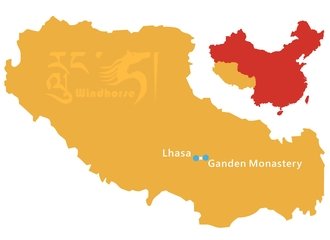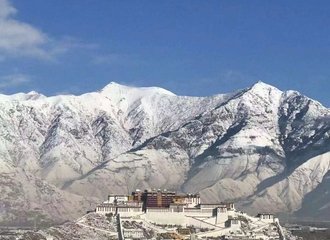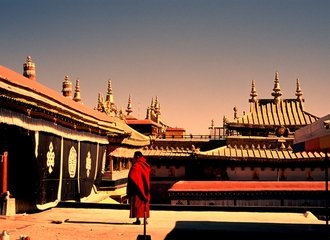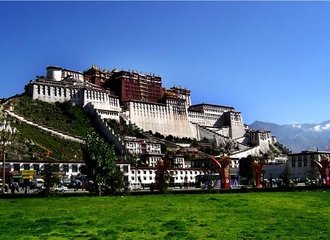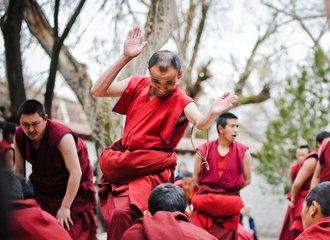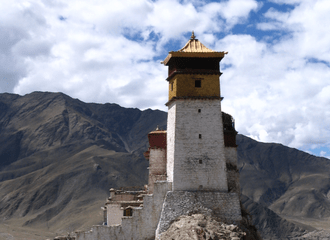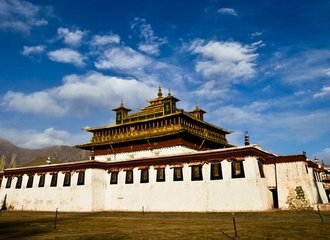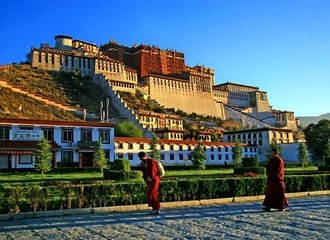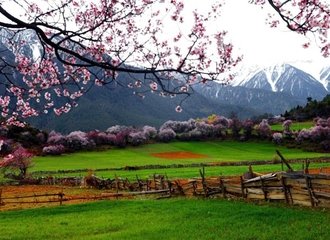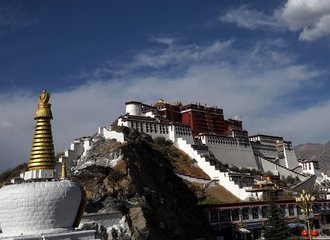China's Miao (minority) Introduction - One of the 56 Minorities in China


The Miao people are one of the largest ethnic minorities in China, one of China's 56 ethnic groups, known for their rich cultural heritage, unique customs, and colorful attire. They primarily live in the mountainous regions of southwestern China, mainly in Guizhou, Hunan, Hubei, Hainan, Guangxi Yunnan, the Chongqing Municipality, and Sichuan provinces, with a population of over 9 million.
History and Distribution
According to ancient Chinese records, the history of the Miao people can be traced back more than 5,000 years. The ancestors of today's Miao minority were the Chiyou tribe, a primitive society located on China's Central Plains, and historical annals reference the Miao several times, reporting migrations from the Yellow River region to Hunan, Guizhou and Yunnan Provinces.
The Miao have a long and complex history dating back thousands of years. They are believed to have originated from the Yellow River valley and migrated southward to escape conflict and preserve their way of life. Today, they are spread across several countries, but the majority reside in China.
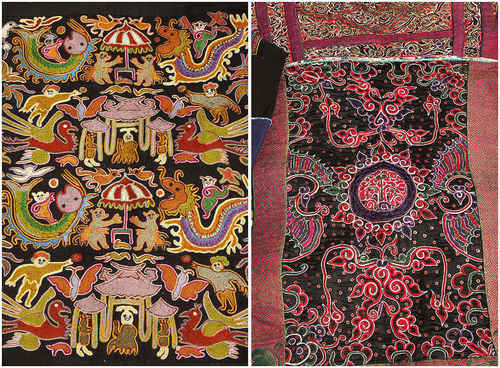
Language and Literature
The Miao speak various dialects of the Hmong-Mien language family. Their language is rich in oral literature, including folk songs, legends, and poems. These often tell stories of their ancestors, history, and the natural world. The Miao script was created in the 20th century but is not widely used, with most Miao people using Chinese for written communication.
Today, the Miao have their language which is often spoken in the home, but most of them also speak Mandarin Chinese.
Culture and Customs
Miao culture is famous for its elaborate and colorful costumes, intricate silver jewelry, and vibrant festivals. The attire varies significantly between different Miao groups but often includes beautifully embroidered dresses, silver headdresses, and necklaces for women. These costumes are not just clothing but a means of expressing identity, history, and skill.
The Miao celebrate several festivals, with the most famous being the Miao New Year, which involves singing, dancing, and Lusheng (a traditional bamboo pipe) performances. The Sisters' Meal Festival in spring is another significant event, sometimes referred to as the Miao Valentine's Day, where young people look for love through singing and exchanging rice packages.
Miao culture is one of the most distinct and vibrant among China's ethnic minorities, characterized by its rich traditions, colorful attire, intricate handicrafts, and profound spiritual beliefs. Delving deeper into various aspects of Miao culture:

Textiles and Embroidery
Miao embroidery is renowned for its intricacy, beauty, and symbolic meaning. Women are the primary keepers of this tradition, learning to embroider from a young age. The patterns often depict stories from Miao folklore, natural elements, or historical events. The art of batik, where patterns are drawn with wax before dyeing the fabric, is also widely practiced. The textiles are not just for aesthetic purposes; they are an essential part of Miao's cultural identity and are often used in important ceremonies and festivals.
Silver Jewelry
Silver is considered auspicious and protective in Miao culture. Miao silversmiths are adept at creating elaborate headdresses, necklaces, bracelets, and rings, often worn during important festivals and ceremonies. The silver ornaments are believed to ward off evil spirits and bring good luck. They are also a sign of wealth and status within the community.
Festivals and Celebrations
Miao festivals are a vibrant expression of their cultural heritage. The Miao New Year, celebrated at different times in various regions, is particularly significant. It includes rituals, offerings, traditional Lusheng music, dance, and bullfighting. The Sisters' Meal Festival in the spring is another major event, a time for courtship and showcasing traditional Miao attire and silver jewelry. Dragon boat racing, horse racing, and other competitions are common during these festivals.
Music and Dance
Music and dance are integral to Miao's life and are often used to tell stories and express emotions. The Lusheng, a bamboo pipe instrument, is iconic to the Miao culture. Traditional dances often involve large groups moving in synchronized, flowing motions, accompanied by singing and Lusheng music. These performances are not only for entertainment but also a way to pass down stories and traditions through generations.
Miao people enjoy folk music and are particularly fond of "lusheng dancing," which is a combination of playing the lusheng (a reed instrument resembling a bassoon) and swaying and dancing around to the music. Miao is also known for their fine craftsmanship and traditional handicrafts, in things like cross-stitch work, embroidery, brocades, batik, and ornament-making, some of which have even earned international recognition.
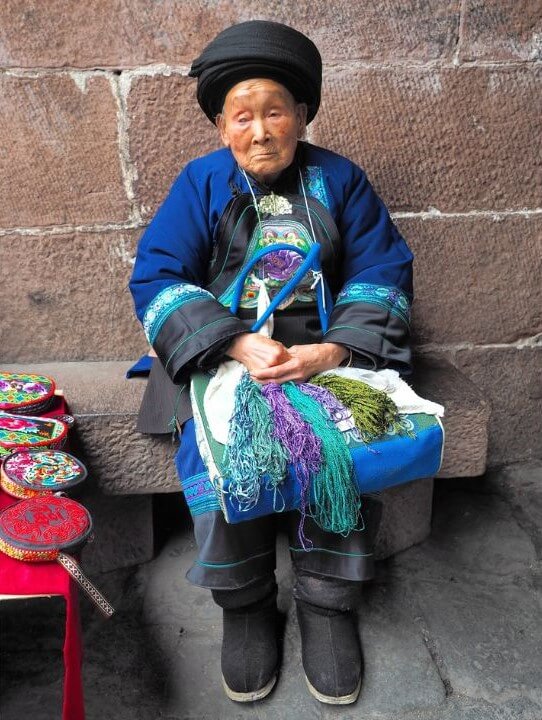
Religion and Spiritual Beliefs
While some Miao have adopted Buddhism, Christianity, or other religions, traditional Miao spirituality involves animism and shamanism. They believe in a world inhabited by various spirits of ancestors, nature, and deities. Shamans play a crucial role in the community, conducting rituals, healing, and acting as intermediaries between the physical and spiritual worlds. Rituals and offerings are made to honor ancestors and deities, ensure good harvests, and maintain harmony.
Architecture
Miao villages are often located in mountainous areas and are notable for their wooden stilt houses. These are designed to adapt to the hilly terrain and protect against floods and wild animals. The houses are usually built without nails and feature intricate carvings and decorations.
Agriculture is the main activity of the Miao people, and not surprisingly, rice, corn, wheat, and cotton are grown as their staple crops. Miao homes and villages are often found in the highlands, and because of the prominence of farming, villages are surrounded by large and small plots of green farmland.
Miao culture uses a different calendar than other cultures. Their calendar is based on the twelve animals of the Chinese zodiac, from the lunar calendar, but the Miao have different names for the two months on the Chinese calendar. These two months are called Dongyue (动月) and Pianyue (偏月), both of which are 30-day months, along with the following five months: February, April, June, August and October. The remaining five months of the year each have 31 days, as one would expect.
Miao culture is a testament to the community's resilience, creativity, and deep connection to their history and environment. Despite the challenges of modernization and cultural assimilation, the Miao people continue to celebrate and uphold their traditions, contributing to the cultural diversity and richness of China and the world.

Religion and Beliefs
Most Miao people worship nature and revere the spirits of their ancestors, erecting totems to pay homage to both, though a few Miao have come to believe in Christianity. At the tops of Miao totems sits Panhu (盘瓠; pán hú), a kind of divine dog deemed by Miao people as their earliest ancestor. In traditional Miao society, many people believed in the existence of ghosts and spirits, leading to the widespread embrace of animistic practices and witchcraft. To the Miao of those days, things that defied explanation were considered to be incarnations or manifestations of the divine, leading them to prostrate themselves in worship and present meat and wine as sacrificial offerings.
Traditional Miao religion is animistic and shamanistic, with a strong belief in the spirits of ancestors and nature. They hold rituals for various occasions, from birth to death, to honor these spirits and ensure harmony. Many Miao have also adopted Buddhism, and Christianity, or Daoism due to external influences.
Challenges and Modern Life
Like many ethnic minorities, the Miao people face challenges in preserving their unique culture and traditions in the face of modernization and globalization. Issues like urban migration, land rights, and economic disparities are concerns for many Miao communities. However, there's also a growing movement among Miao people, especially the younger generation, to celebrate and promote their heritage through art, music, and festivals.
In summary, the Miao people of China are known for their rich cultural traditions, colorful attire, and vibrant festivals. Despite facing modern challenges, they continue to celebrate and preserve their unique heritage, contributing to the rich tapestry of China's ethnic diversity.
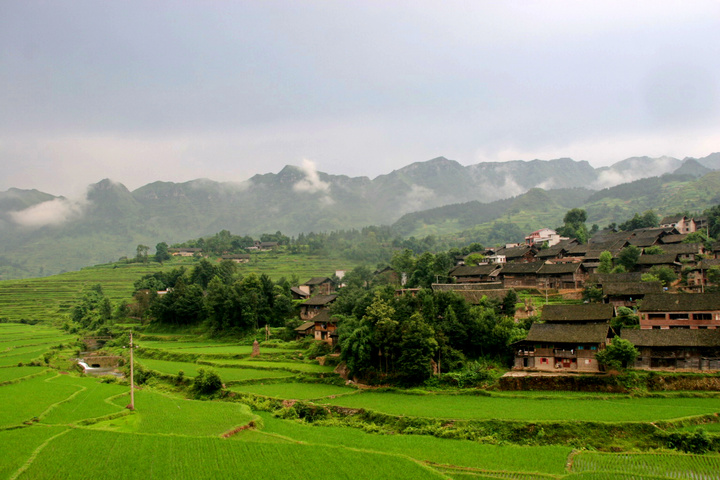
Take one of our Guizhou tours to discover the Miao minority culture.


